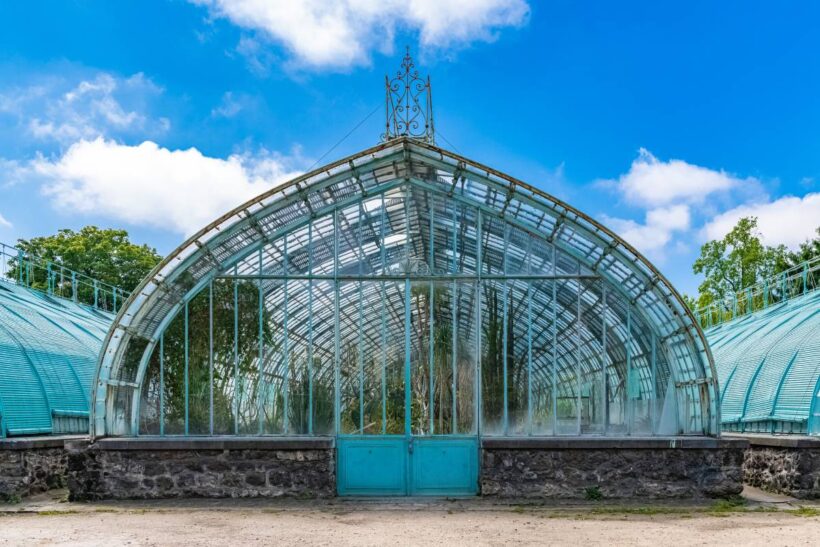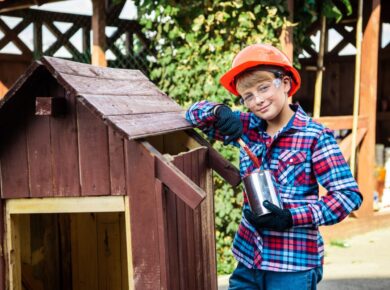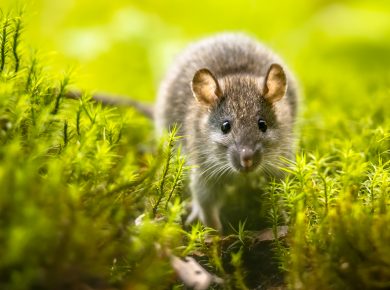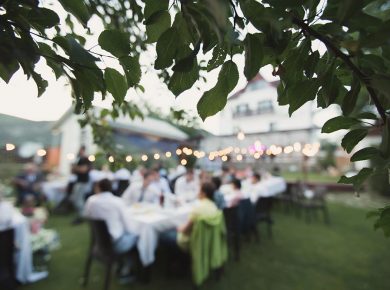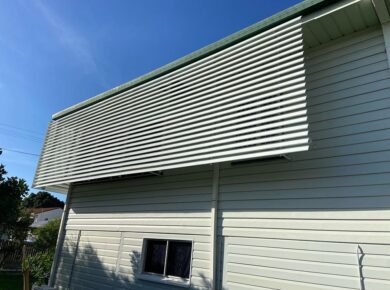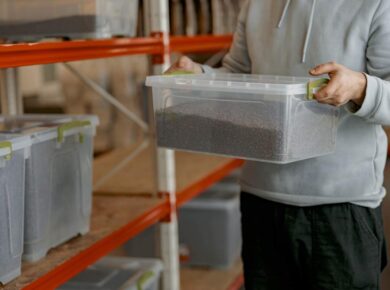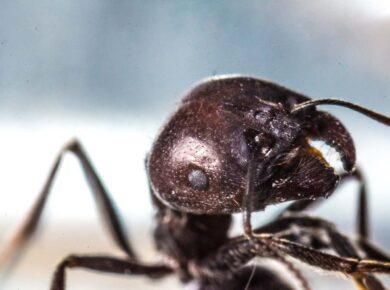Greenhouses are like safe havens for plants. They create a cosy environment where plants can grow no matter what’s happening outside. With the help of the greenhouse’s transparent walls, the sun can keep your little seedlings warm and make them grow into big and strong plants. But what’s better, a good old-fashioned garden or a greenhouse?
Let’s weigh the pros and cons of both and find out what’s the best way to make your garden bloom.
What is a greenhouse?
A greenhouse is a structure, usually made of glass or transparent material, designed to create a controlled environment for the cultivation of plants. It works by allowing sunlight to enter and trap heat inside, creating a warmer climate than the surrounding outdoor environment. This trapped heat enables plants to grow in conditions that may not be suitable for them otherwise, such as during colder seasons or in regions with harsh climates.
Greenhouses are commonly used in agriculture and horticulture for growing vegetables, flowers, and other crops year-round. They provide protection from pests, diseases, and adverse weather conditions while also allowing for better regulation of factors like temperature, humidity, and ventilation to optimize plant growth.
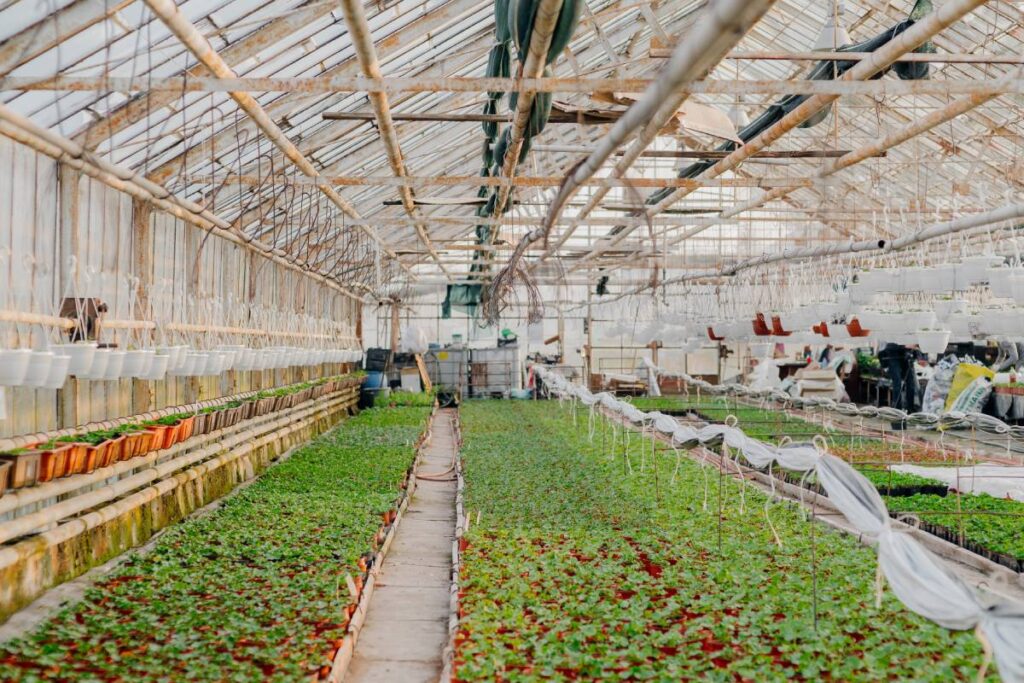
What does a greenhouse need to be effective?
For a greenhouse to be effective, several key factors need to be considered and properly managed:
- Sunlight: Greenhouses should be positioned to receive maximum sunlight exposure throughout the day. This is crucial for photosynthesis, the process by which plants convert light energy into chemical energy to fuel their growth.
- Temperature control: Greenhouses should maintain an optimal temperature range for the specific plants being grown. This often involves proper ventilation to prevent overheating during the day and retaining heat at night. Heating and cooling systems may be necessary, depending on the climate and the time of year.
- Humidity control: Controlling humidity levels is important to prevent issues such as mould, mildew, and diseases. Proper ventilation and sometimes dehumidification equipment are used to regulate humidity levels within the greenhouse.
- Watering and irrigation: Plants in a greenhouse need consistent and appropriate watering to thrive. Automated irrigation systems or regular manual watering can ensure plants receive the right amount of moisture without overwatering or underwatering.
- Soil and nutrient management: The soil in a greenhouse should be well-draining and rich in nutrients to support plant growth. Additionally, fertilization may be necessary to replenish nutrients as plants grow and to maintain soil fertility.
- Pest and disease management: Greenhouses provide a sheltered environment that can also be conducive to pests and diseases. Regular monitoring, proper sanitation practices, and integrated pest management strategies can help prevent and manage pest and disease outbreaks.
- Shade and ventilation: Providing adequate shade during hot periods helps prevent plants from overheating, while proper ventilation ensures good air circulation and prevents the buildup of excess heat and humidity.
- Structural integrity: The greenhouse structure should be sturdy and well-maintained to withstand environmental stresses such as wind, snow, and heavy rain.
Greenhouse operators can create an optimal growing environment for a wide range of plants by effectively managing these factors. This enables year-round cultivation and maximizes productivity.
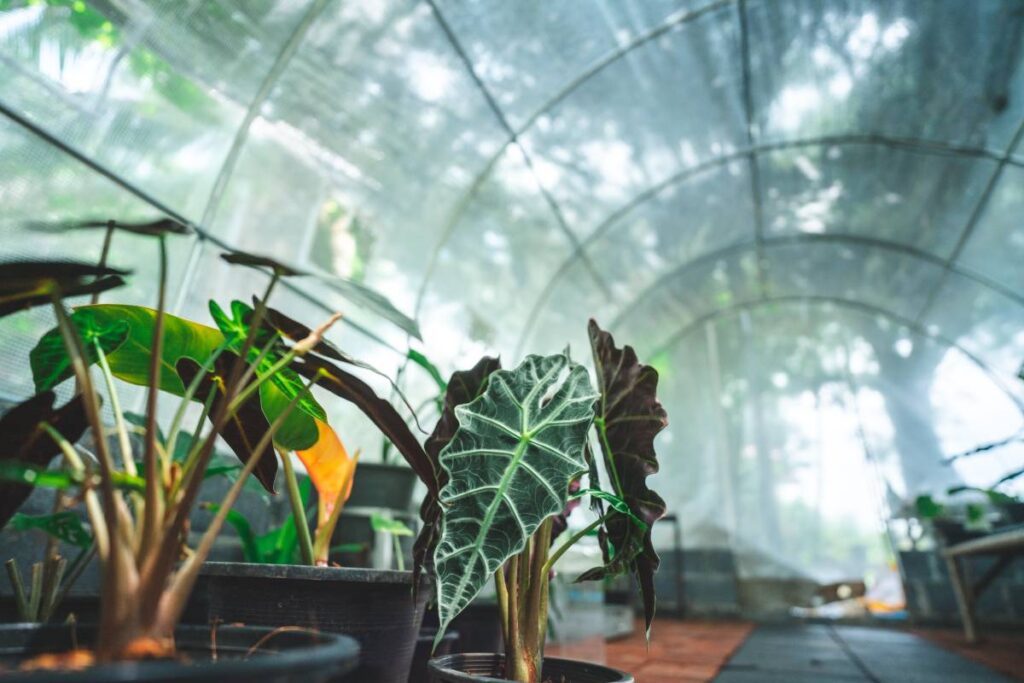
Which plants suit the best in a greenhouse?
A wide variety of plants can thrive in a greenhouse environment, but some are particularly well-suited due to their specific needs or the benefits of greenhouse cultivation. Here are some examples:
- Tomatoes: Tomatoes are one of the most popular greenhouse crops due to their high productivity and sensitivity to temperature fluctuations. Greenhouse-grown tomatoes often produce higher yields and better-quality fruit compared to outdoor cultivation.
- Cucumbers: Like tomatoes, cucumbers benefit from the controlled environment of a greenhouse. They require warmth, consistent moisture, and support for climbing vines, all of which can be provided more easily in a greenhouse.
- Peppers: Bell peppers, chilli peppers, and other varieties of peppers can thrive in a greenhouse environment, especially in regions with shorter growing seasons or cooler climates.
- Lettuce and leafy greens: Leafy greens such as lettuce, spinach, kale, and arugula are well-suited to greenhouse cultivation, as they prefer cooler temperatures and benefit from protection against pests and harsh weather conditions.
- Herbs: Many culinary herbs, including basil, parsley, cilantro, and mint, grow well in greenhouses. They appreciate the consistent warmth and humidity provided by greenhouse environments.
- Strawberries: Growing strawberries in a greenhouse allows for extended harvest seasons and protection from pests and diseases. It also helps maintain optimal soil moisture and temperature levels for healthy growth.
- Flowering plants: Ornamental flowering plants such as roses, orchids, and gerbera daisies can thrive in greenhouses, where environmental conditions can be carefully controlled to promote blooming and enhance flower quality.
- Tropical plants: Plants that require warm and humid conditions, such as tropical fruits (e.g., bananas, papayas) and ornamental plants (e.g., orchids, bromeliads), can be successfully grown in greenhouses outside of their native climates.
These are just a few examples, and the suitability of plants for greenhouse cultivation depends on factors such as the climate, available space, and the specific conditions provided within the greenhouse. With proper care and management, a diverse range of plants can flourish in a greenhouse setting.

Is a greenhouse better than a garden?
Whether a greenhouse is better than a traditional outdoor garden depends on various factors, including the specific needs and preferences of the gardener, as well as the goals of cultivation. Here are some considerations for both options:
Advantages of a Greenhouse:
- Extended growing season: A greenhouse provides a controlled environment where plants can be grown year-round, regardless of outdoor weather conditions. This allows for earlier planting in spring, later harvests in fall, and even winter gardening in colder climates.
- Protection from pests and diseases: Greenhouses offer a barrier against pests, insects, and some plant diseases, reducing the need for chemical pesticides and promoting healthier plant growth.
- Controlled environment: Gardeners have greater control over factors such as temperature, humidity, light exposure, and soil conditions in a greenhouse, allowing for optimal growing conditions and increased productivity.
- Ability to grow a wider range of plants: With the ability to control environmental conditions, greenhouse gardening enables the cultivation of plants that may not thrive in the local climate or soil conditions, including tropical and subtropical species.
- Less maintenance: Greenhouses typically require less weeding and watering compared to outdoor gardens, as well as offering protection from extreme weather events such as heavy rain, wind, or hail.
Advantages of a Traditional Garden:
- Natural sunlight and fresh air: Outdoor gardens benefit from direct sunlight and natural ventilation, which are essential for healthy plant growth and photosynthesis. Additionally, some plants, such as pollinator-attracting flowers, may rely on outdoor conditions for optimal growth and reproduction.
- Lower initial cost: Setting up a traditional garden generally requires fewer financial investments compared to building or purchasing a greenhouse structure. Basic gardening tools and equipment may be the primary expenses.
- Ecosystem support: Outdoor gardens contribute to local ecosystems by providing habitats for beneficial insects, birds, and other wildlife. They also promote biodiversity and ecological balance.
- Physical activity and connection to nature: Gardening outdoors offers the opportunity for physical activity, exposure to sunlight, and a closer connection to nature, which can have positive effects on mental health and well-being.
Ultimately, the choice between a greenhouse and a traditional garden depends on factors such as climate, space availability, gardening goals, personal preferences, and resources. Some gardeners may find that a combination of both approaches suits their needs best, allowing them to enjoy the benefits of both indoor and outdoor cultivation.
